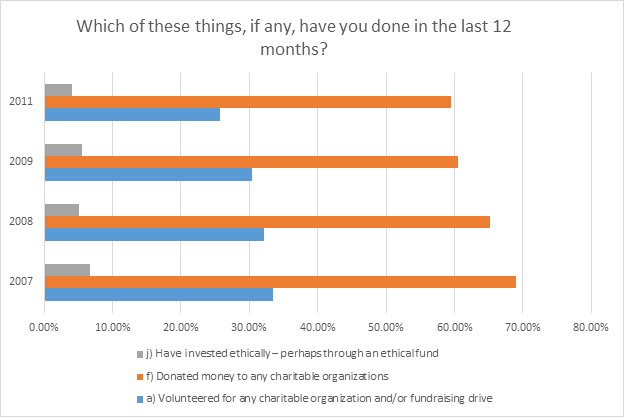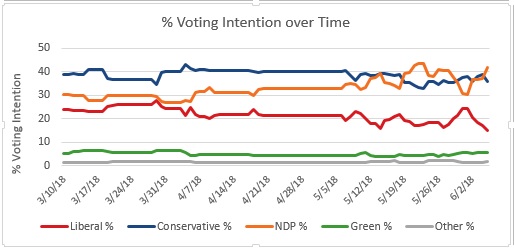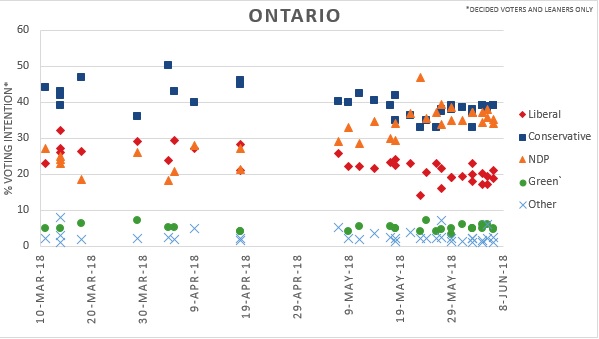By: Jennifer Peers
The school board trustee is a locally elected member of the public and advocate for education. While people vaguely know what a school board trustee is, most may not realize the amount of influence that these individuals have in decisions related to schools. Some of the responsibilities of a school board trustee include assisting in the development of the school’s strategic plans, holding the school accountable to its strategic plans, helping to determine the allocation of resources and creating goals for student’s wellbeing and academic achievement.
We collected nine Canadian survey questions from 1993 to 1997 on the topic of school board trustees. The survey questions and corresponding data have been shared on Open ICPSR for those interested in the data. One of the conclusions that can be made based on the collected data, is that the issue of whether to have school board trustees is divisive. For instance, respondents were asked if they think schools should continue to be governed by school board trustees or whether they should be governed by a volunteer or unpaid council of parents and community members who are elected by an annual meeting of local residents? The results of this survey for 1993 and 1995 show that respondents were closely split on this issue
| Question: In most places in Canada, schools are governed by school board trustees who are elected by local voters in regularly scheduled elections. Do you think that schools should continue to be governed this way or would you prefer schools to be governed by a volunteer, unpaid council of parents and community members, who are elected in much the same way as ratepayer executives, that is, by those who attend an annual meeting of local residents? |
| Answer Options: | 1993 n=2001 | 1995 n=2037 |
| Continue to be governed by elected school trustees | 47% | 45% |
| Governed by volunteer, unpaid council of parents and community members | 42% | 45% |
| Don’t know/Not applicable | 11% | 10% |
The consistent split between the two years is evidence that there is a number of people who want to continue to have the school board trustee position and a relatively similar number of people who would prefer for schools to have an elected volunteer council made up of parents and community members. The findings from this survey also correlate with a survey question asking the respondents if they feel their school board trustee does a good job or poor job of representing their interests on education issues. The results of this survey were not as equally split but reflect a division amongst people on the issue of school board trustees with 58.9% of respondents saying they do a good job and 41.1% saying they do a poor job.
Like the public servant, the school board trustee is growing increasingly subject to scrutiny, as the public has begun to demand more accountability and transparency. A simple scan of the recent news is evidence of that fact, with multiple school board trustees resigning or being removed from their position for issues such as racial discrimination. As these conversations continue to be had, it will be interesting to see if the issue of whether to have school board trustees continues to be divisive.




